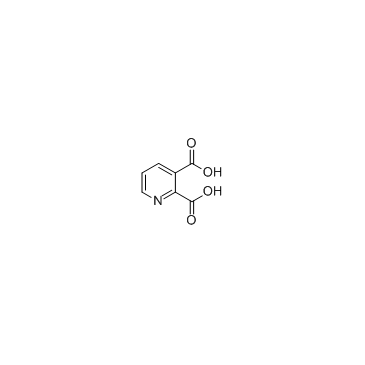| Structure | Name/CAS No. | Articles |
|---|---|---|
 |
Quinolinic acid
CAS:89-00-9 |
|
 |
2-Aminonicotinic acid
CAS:5345-47-1 |